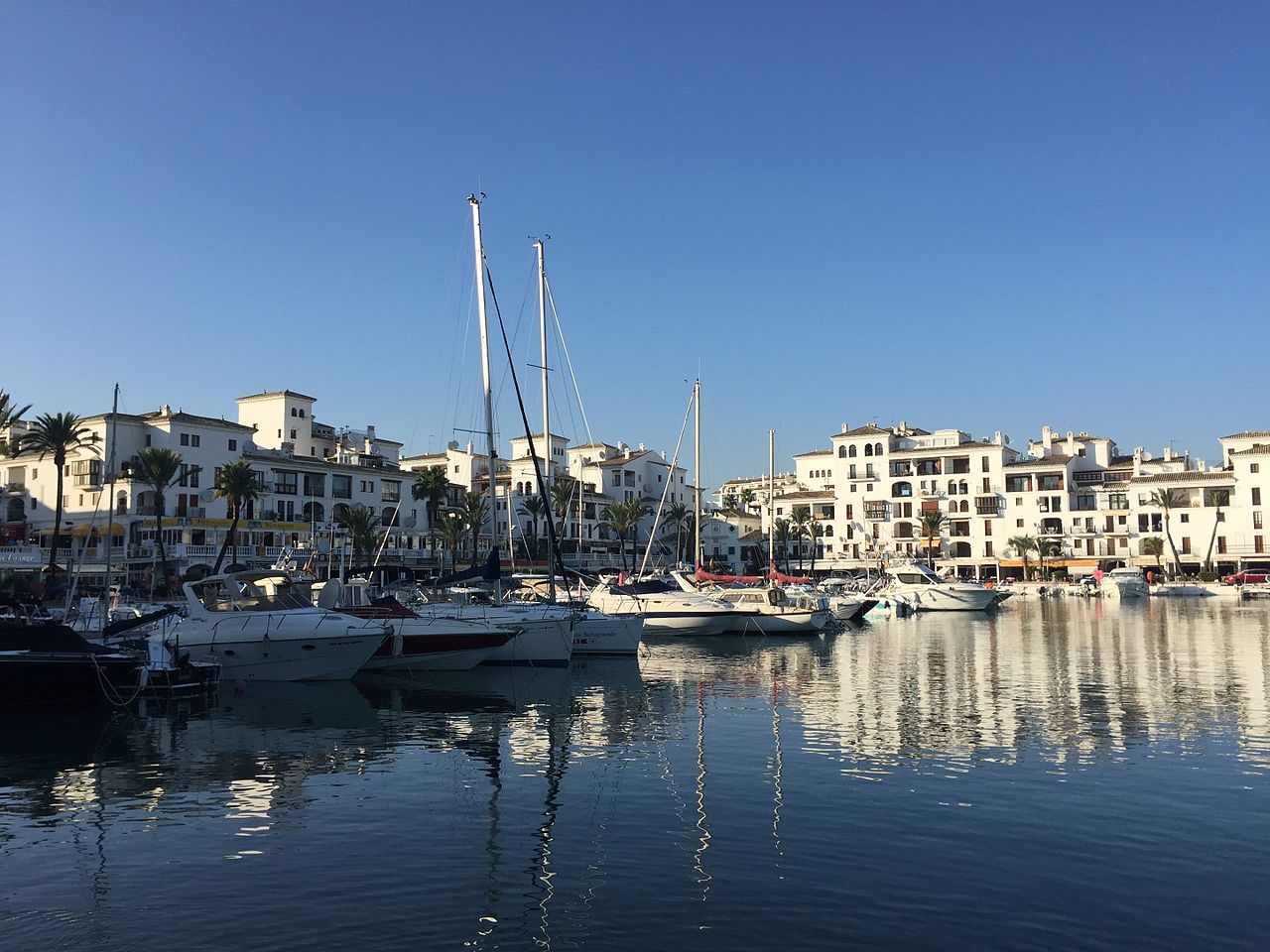
Show you what to see in Manilva means moving to the Costa del Sol de Málaga. Specifically, to its westernmost part, since this municipality already borders the province of Cadiz. It is made up of gentle hills of vineyards that descend to a coastline of almost eight kilometers.
In this, as we will see, you have nice beaches. However, the capital of the municipality is located two kilometers inland. But, as with other towns in this area, it has a coastal town that is a huge tourist attraction. In this case, it is San Luis de Sabinillas, which we will also talk about. But, without further ado, we are going to show you what to see in Manilva.
Archeological sites

Archaeological site around the castle of the Duchess
As you know, this part of the Iberian Peninsula was populated several millennia ago. This is proven by the numerous archaeological sites it houses. One of the oldest is Castles of Alcorrín, dated at the beginning of the first millennium BC.
Ceramics and other pieces have been found in it that you can see, precisely, in the Municipal Museum of Manilva. It is believed that its inhabitants traded with the first Phoenicians who arrived on these shores. Above all, they would contribute the metallurgical products they manufactured.
The deposit is located on a hill whose surface is shaped like a plateau. It was about one fortified village by a high wall with circular bastions in front. On the other hand, although only remains remain, it is believed that the rudimentary dwellings were made of masonry.
More important is the Roman site around the castle of the Duchess. In this case, it was a Latin population with its hot springs, its salting factory and a necropolis. But later excavations have found a second industrial nucleus with more pools and rooms in which, in addition, they worked on obtaining purple dye. As a whole, the town would have been occupied between the XNUMXst and XNUMXth centuries after Christ.
Likewise, in the area of the necropolis, numerous objects of the people buried there have been found. For example, coins, bronze mirrors or crystals. But, in this area, you have a more valuable monument: the duchess castle.
The castle of the Duquesa, symbol of what to see in Manilva
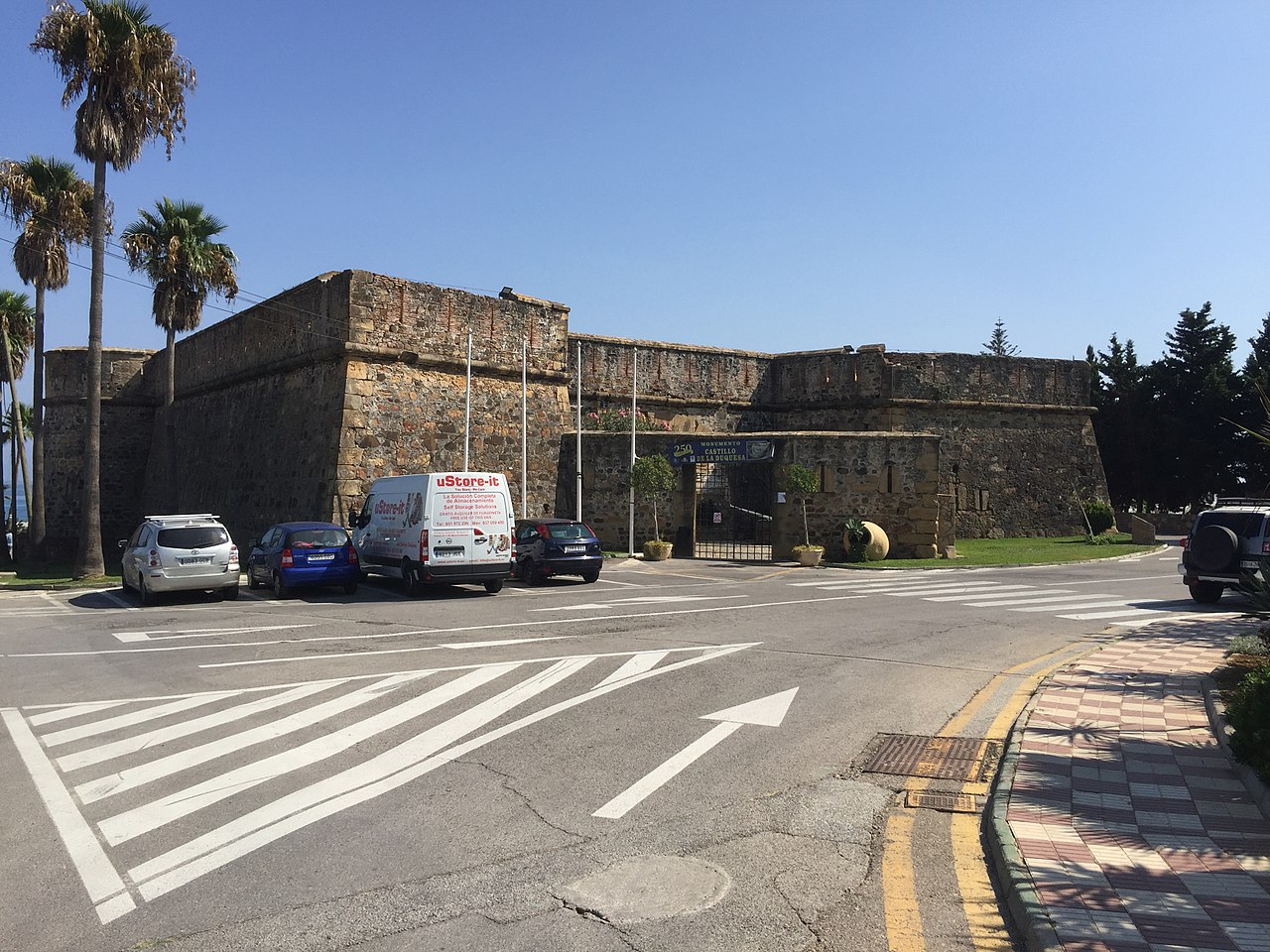
The Duchess's castle
Also called fort of the Sabinillas Because it is located in this part of the municipality, it is a fortified enclosure from times of Carlos III. Specifically, it was built in 1767 using masonry, masonry and brick. As a whole, there are two rectangular towers to the north and as many semicircular ones to the south. Likewise, between both faces, there is a semicircular battery that looks at the coast.
It was built precisely to defend it from pirate attacks and enemies in wartime. It is in quite a good state of conservation, even its external surveillance booths are maintained. Currently, it is the headquarters of the Municipal Archaeological Museum of Manilva, which we have already mentioned. The pieces that it keeps have been found in the deposits that we have just shown you and in others nearby. They are classified into three stages: Prehistory, Rome and the Middle Ages and you can visit it for free. His schedule is from eight to fifteen hours.
Tower of the Chullera and church of Santa Ana
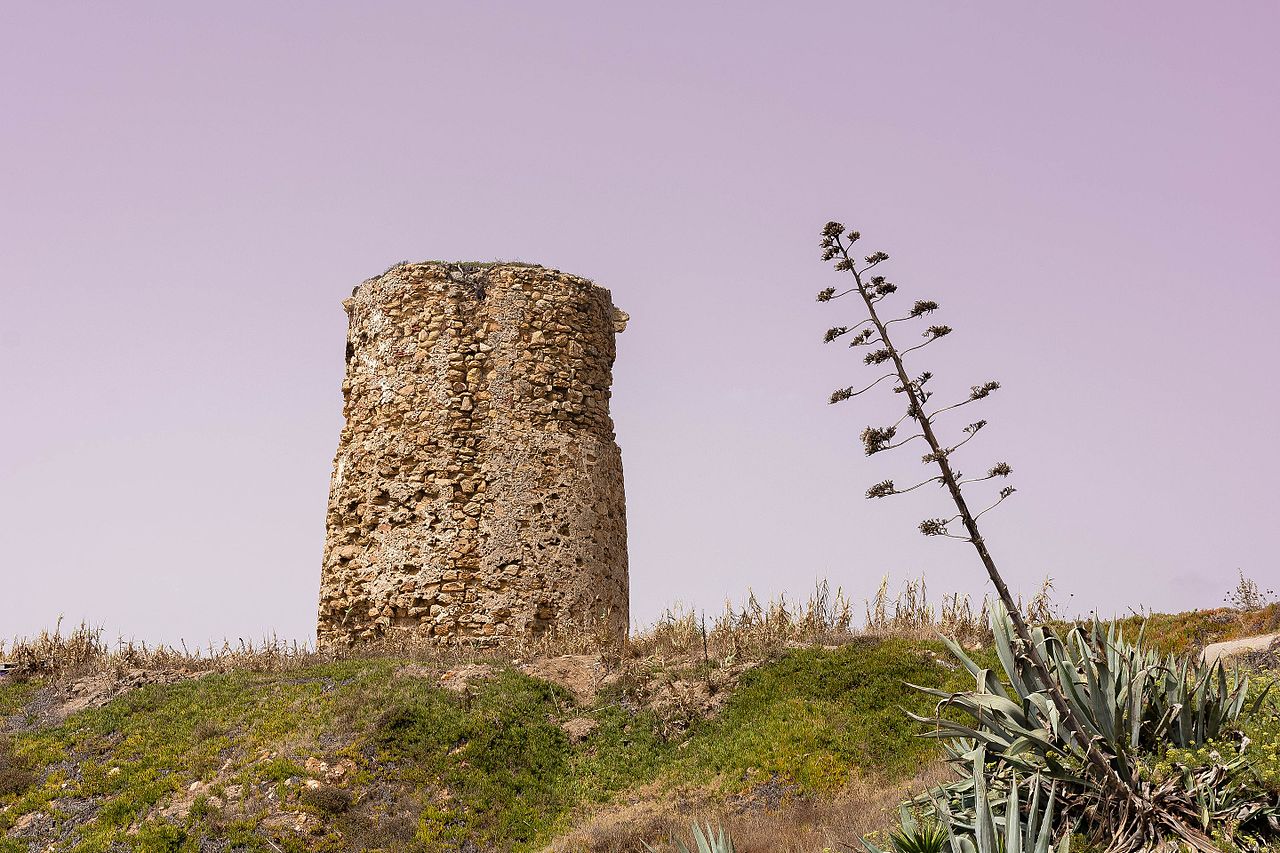
The Chullera tower
They are the other two most outstanding monuments to see in Manilva. The chullera tower It was built at the beginning of the 7,45th century, likewise, to watch over the coast. In its upper part, it was a beacon, that is, with merlons or battlements. It is XNUMX meters in diameter and almost ten meters high. It is precisely in the tip of the Chullera, which frames one of the beaches that we will talk about later.
For its part, the church of Santa Ana It is a small temple with whitewashed walls. It was built in the middle of the XNUMXth century on the remains of another from the XNUMXth century. Inside, you can see the image of Santa Ana, which gives it its name and is the patron saint of Manilva. Every July 26, the townspeople take it out in a procession.
San Luis de Sabinillas and other monuments what to see in Manilva
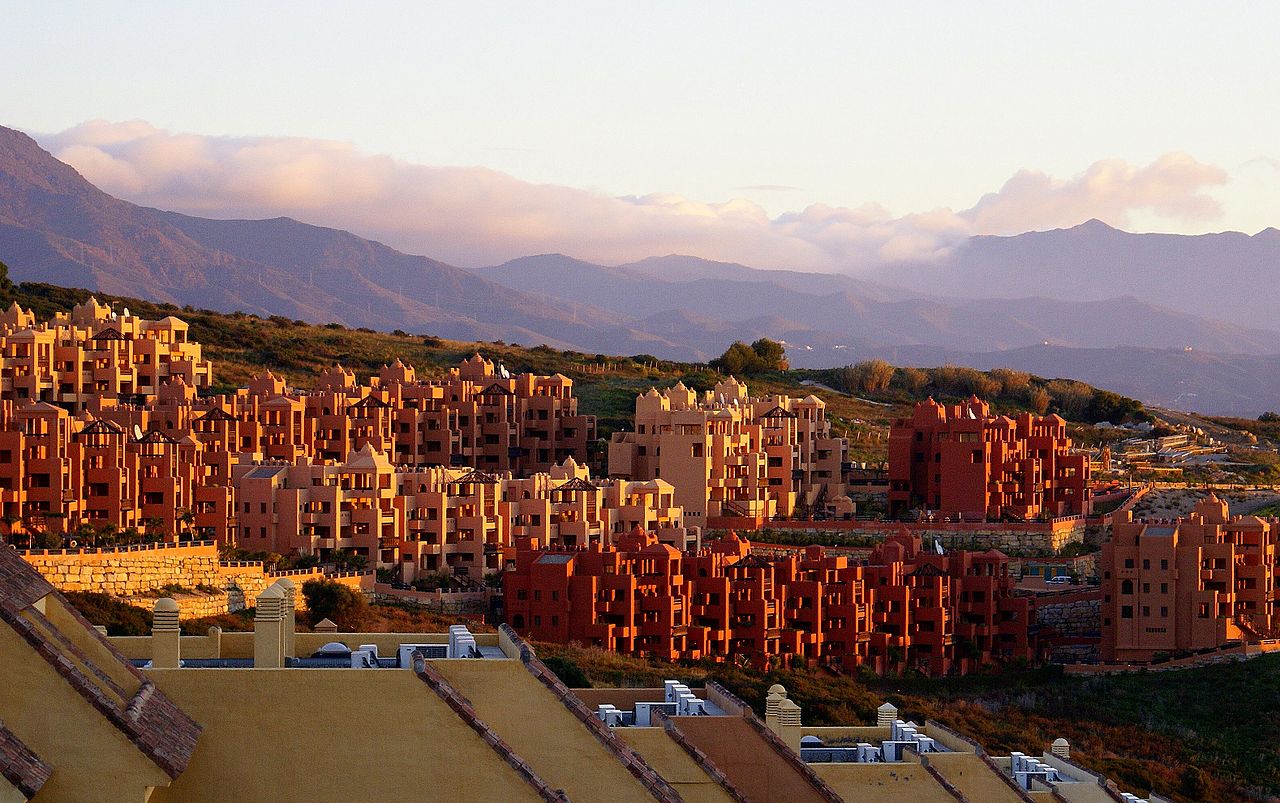
One of the urbanizations on the coast of Manilva
In this municipality you can also see the so-called wit boy, one of the two sugar factories built by the Duke of Arcs. Mainly, the aqueduct is preserved, which recalls medieval buildings. Likewise, the chalet is of interest Villa Matilde, which belonged to Mr. Ignatius Infante, brother of Blas Infante, revitalizer of the Andalusian homeland. Currently, it also exhibits archaeological pieces from the Roman site of the castle of the Duchess.
But greater interest, in our opinion, has the town of San Luis de Sabinillas, which is the coast of the municipality of Manilva. Precisely, although there were already fishermen's houses, its origin was in a sugar mill. However, today is the main tourist focus from the area. In fact, it has numerous bars and shops, as well as several urbanizations and golf courses in its surroundings.
But, returning to the town itself, its white houses, its beautiful church and, above all, the port of the duchess. It is a small sports facility for recreational boats that is located between the town and the castle. Now, since we have approached the coast, we will talk about the beaches to see in Manilva.
Manilva beaches
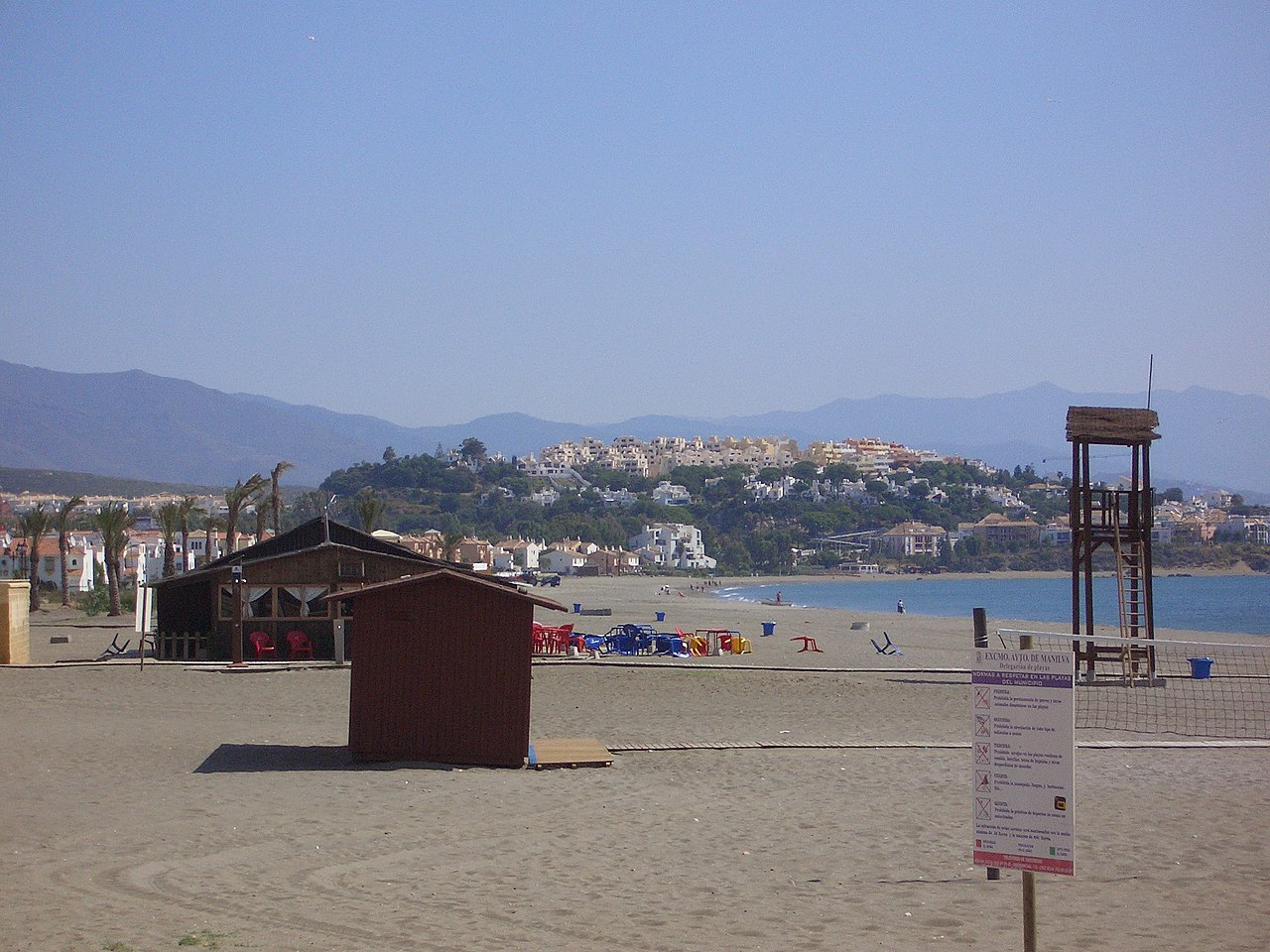
Sabinillas, one of the beaches to see in Manilva
They are one of the main tourist attractions of the Malaga municipality. You can find them in all shapes and sizes, more open or framed by rocky elevations and with or without dunes. But all of them stand out for the quality of their clean and crystalline waters. Not surprisingly, many bear the hallmark of Blue flag.
La duchess beach it extends from the surroundings of the homonymous castle to the stream of La Peñuela. Therefore, it is wide and very crowded. The fact that it has all the services and even restaurants contributes to this. For his part, that of Sabinillas, very close, is even more popular due to its strategic location and the quality of its waters.
Of Punta Chullera It is, in reality, a set of several coves with great scenic and, above all, ecological value. If you like DivingWe recommend it for its clean waters and its wealth of marine species. But, above all, it is one of the quietest, although it also has bathrooms, hammocks and umbrellas.
Finally, the castle beach combines parts of sand with others of rock and has several beach bars to eat, while that of the Bulls It is the westernmost and borders on the province of Cadiz. It is perhaps the most rugged and we recommend that you be careful because, as soon as you enter the water, it is already very deep.
What to see around Manilva
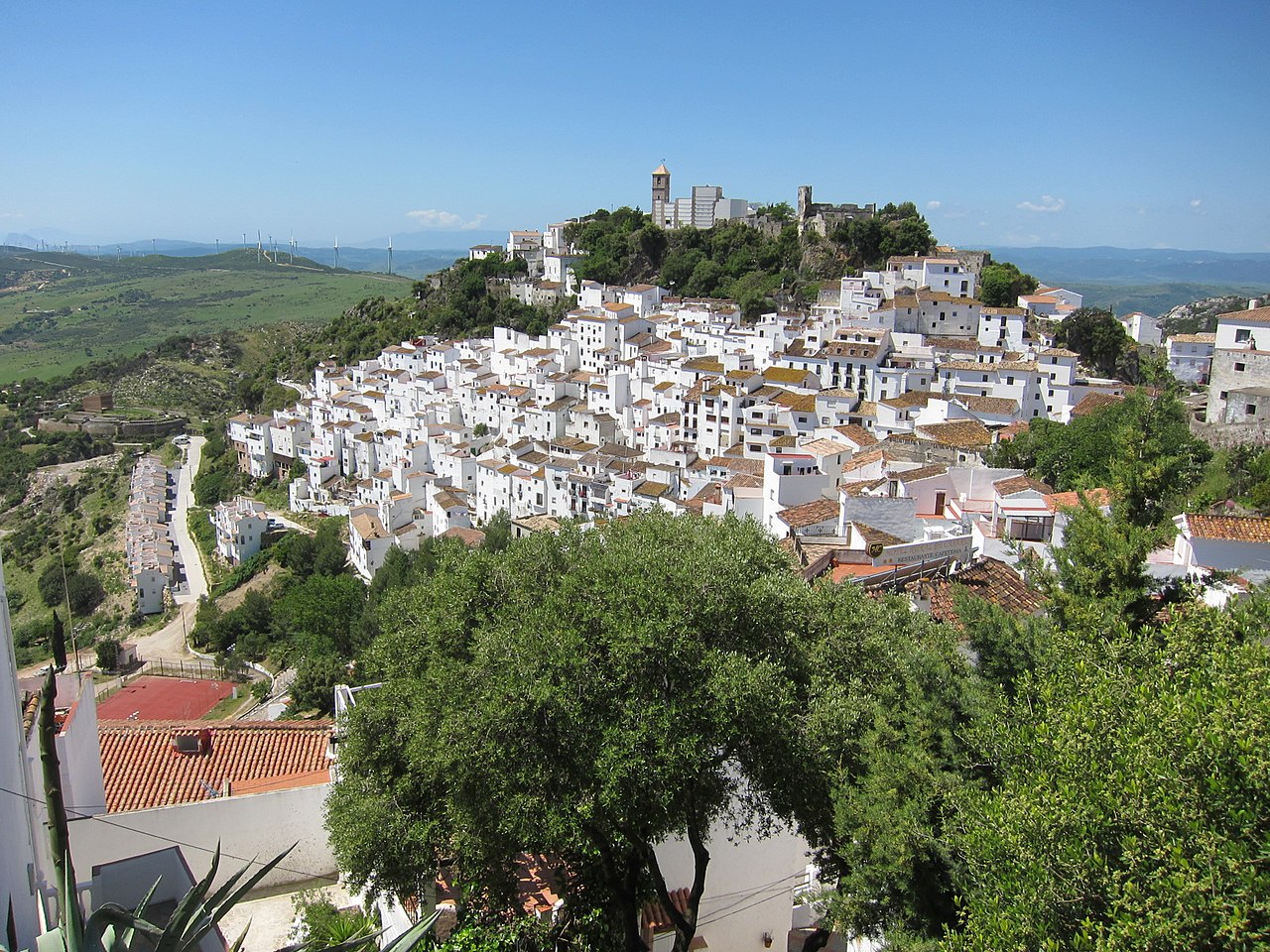
View of Casares
Once we have explained what to see in Manilva, we are going to propose some places located in its surroundings, since they are not wasted either. They are small towns full of Malaga charm, with its white houses and its monuments. But also surrounded by a privileged natural environment that offers you very different images from the traditional ones on the Andalusian coast. Specifically, we will focus on two locations: Casares y San Martin del Tesorillo, already belonging to Cadiz.
Casares
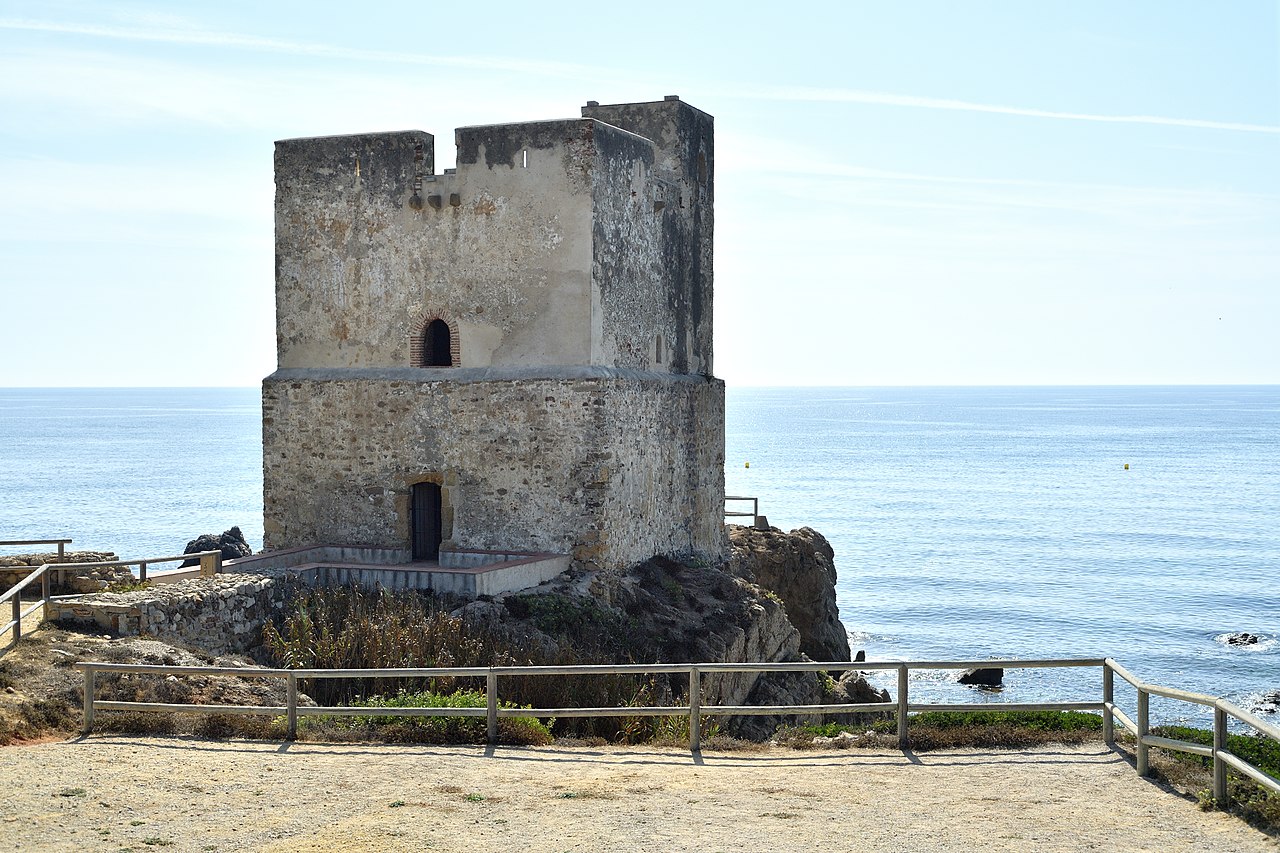
Torre de la Sal or Salto de la Mora, in Casares
In the east and inland you have the beautiful town of Casares, with almost eight thousand inhabitants. It is located on a hill, although another one with the same name has been created on the coast. Inside you have an imposing castle of the thirteenth century. It is a large Arab fortification located at the foot of the La Planá ravine.
Already in medieval times it was enlarged and for this reason it includes the beautiful Church of the Incarnation or the plain It is a temple with white walls in which the bell tower stands out, with Mudejar features. Currently, it is no longer intended for worship, but has become Cultural center.
This bears the name of Blas Infante, of whom we have already told you and who was a native of Casares. In fact, you can also visit its birthplace. Humbler is the hermitage of San Sebastián, built in the XNUMXth century in the center of the town. It houses the image of Our Lady of Rosario del Campo, patron saint of Casares. In the month of May she is transferred to another hermitage where a pilgrimage is held.
Already in the coast of the municipality you have the Torre de la Sal or Salto de la Mora, which appears mentioned in texts from the XNUMXth century. Its great singularity resides in that it has square plan, in front of the circular of the rest in the area. And, going back inland, on the promontory called Cortijo Alechipe, you can see the ruins of the Turdetan city of lacipo. Finally, since ancient times the Roman baths of La Hedionda for its sulphurous waters.
San Martin del Tesorillo
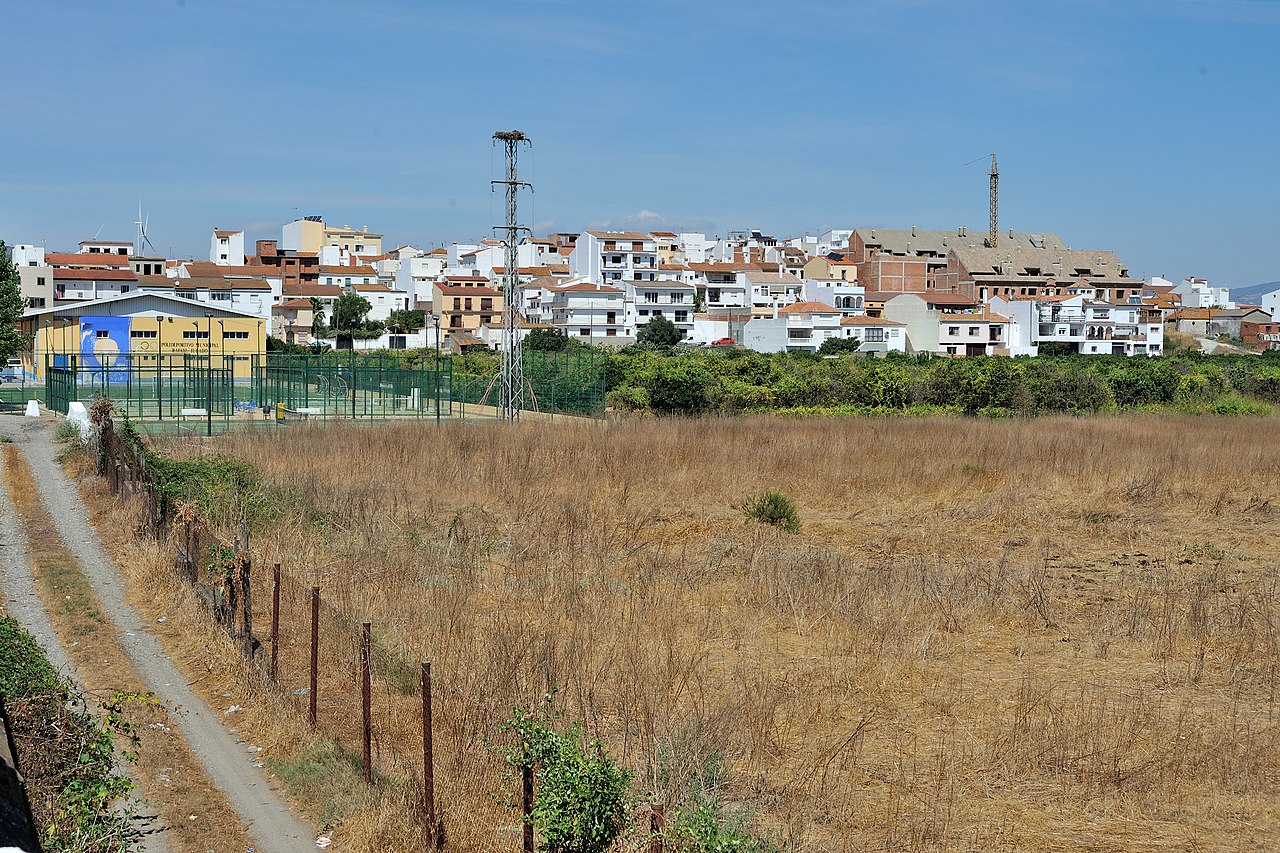
The pretty town of San Martin del Tesorillo
It is smaller than the previous one, with about two thousand seven hundred inhabitants, but equally very beautiful. As a curiosity, we will tell you what it is the youngest municipality in the province of Cádiz, since it was established as such in 2018 when separating from Jimena de la Frontera. In the village, you have the precious Church of Saint Martin of Tours, which houses the carving of its pattern.
But it is more advisable that you see its spectacular environment. It is an authentic orchard on the Guadiaro river between the Los Alcornocales Natural Park, province of Málaga and Sotogrande marina. We recommend that you do one of the hiking trails marked in this area.
In conclusion, we have shown you what to see in Manilva and its surroundings. It is a perfect town to enjoy the Costa del Sol because it combines tourist equipment with a certain tranquility because it is not very crowded. Go ahead and visit it and enjoy.